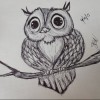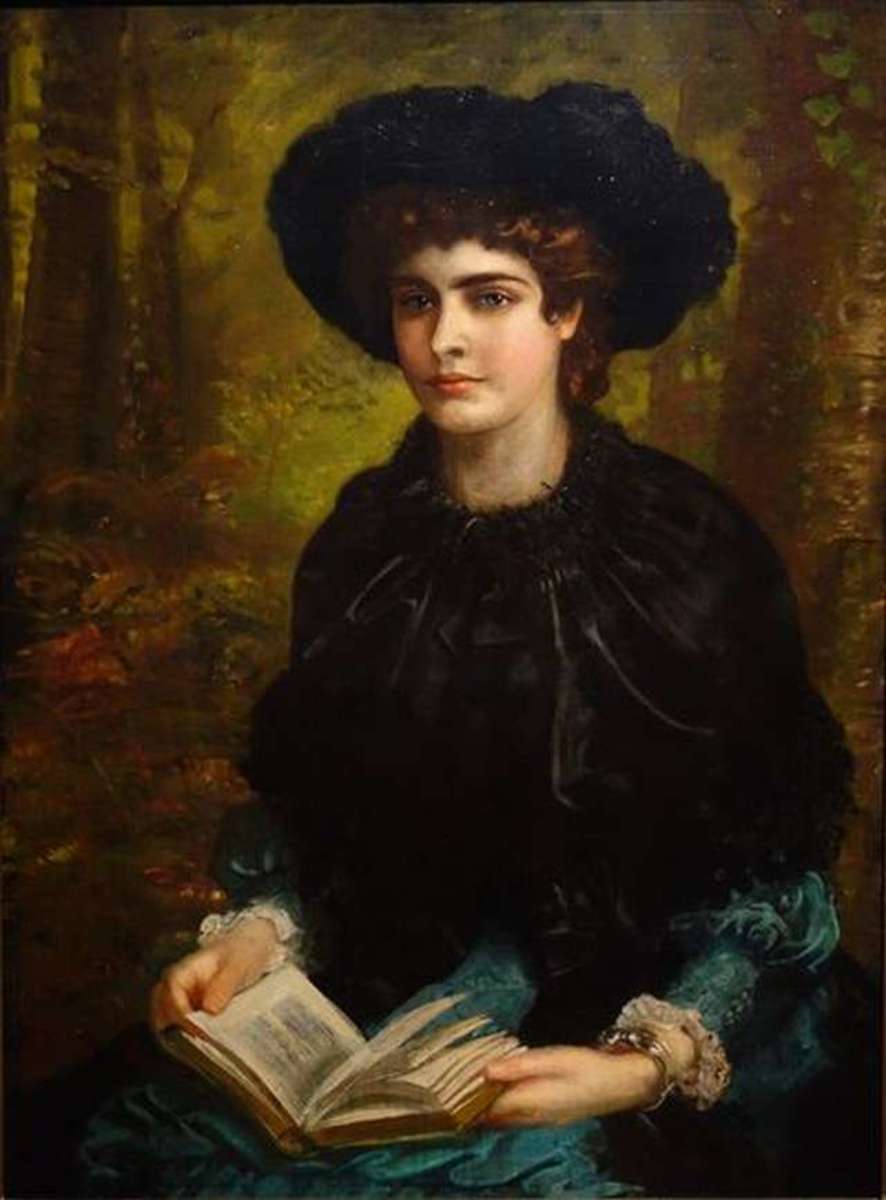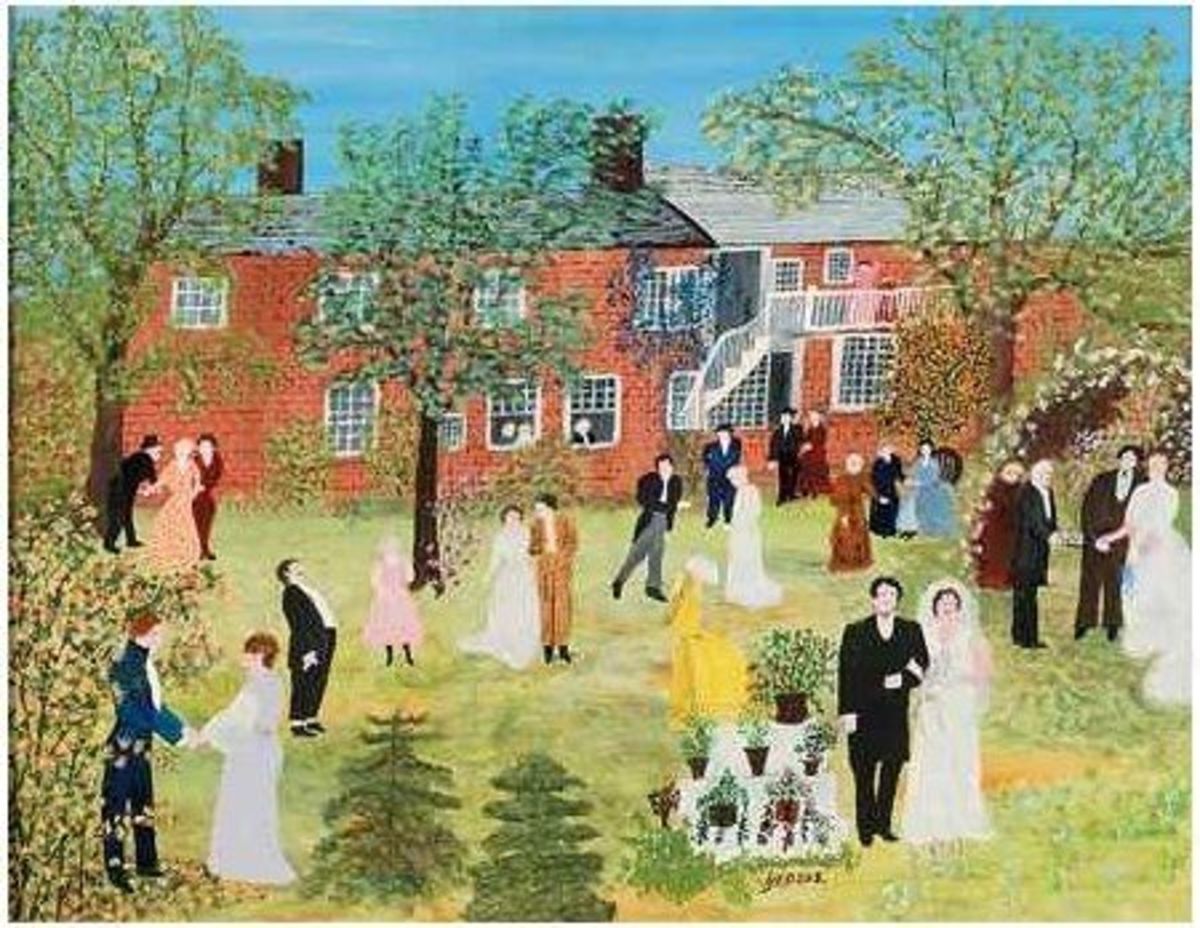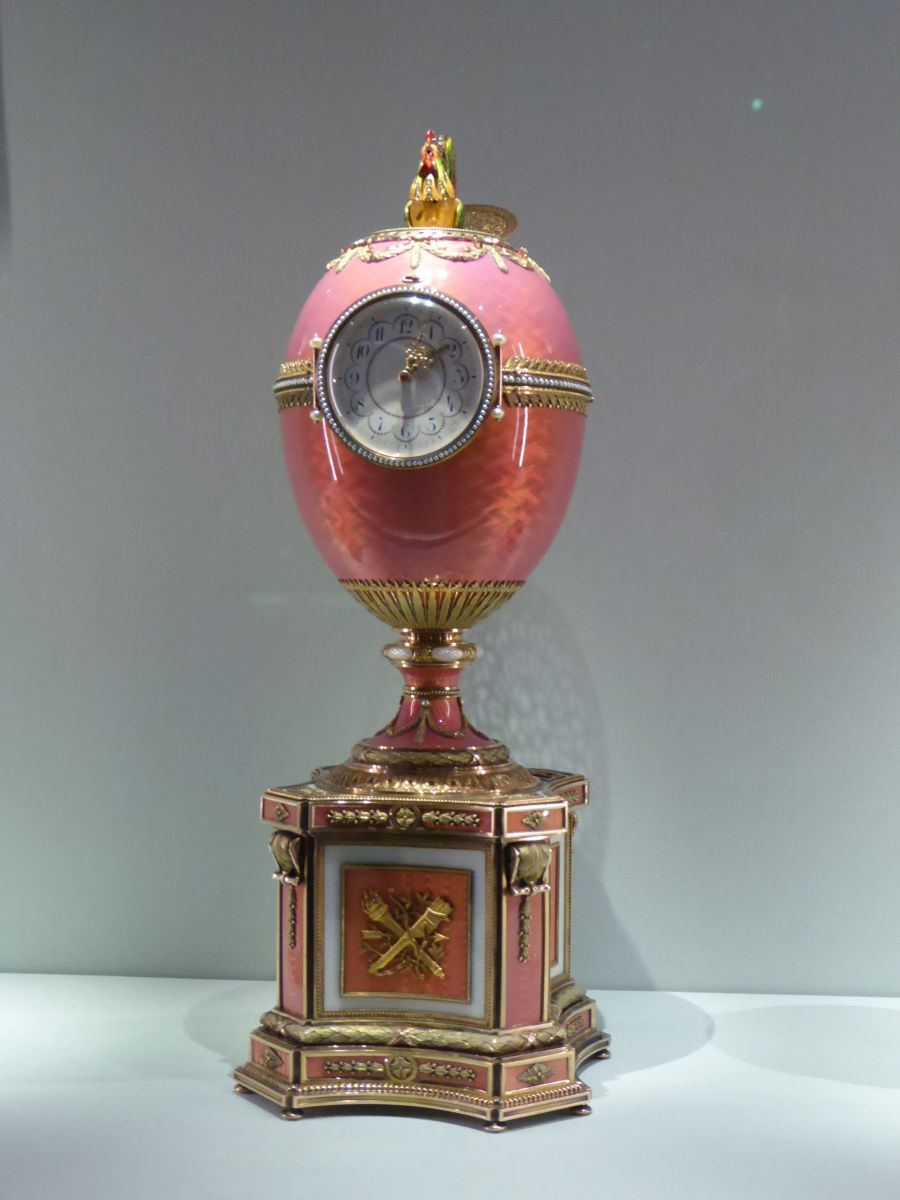Understanding the Meaning of abstract Art
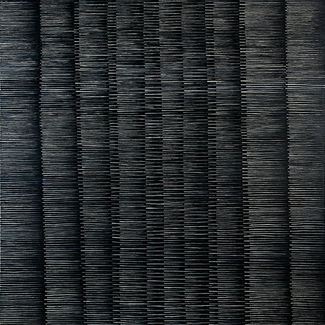
When looking at a form of abstract art, what do you see? There are many different answers to this question. Some people would answer that they may see pain or happiness, while others just see lines and shapes, and some people see something that is not art at all. Abstract art is a form of artwork that tries it’s best to not represent reality. Abstract art is about the paint, about the materials used in the work. It shows what the artist feelings are. Every abstract artwork is different for everyone. Most people don’t feel what the artist feels when the artist has created the artwork. Some main points in understanding and knowing what abstract art are the color, shapes, and the emotion in the piece of artwork.
People sit and study art called “abstract art.” They puzzle over the thrown paint, or the weirdly placed pieces of scraps on a surface are what interests many people. The artwork is so different from the natural artwork of people and nature, that people desire the artwork. Many people have their own take on what they think about the artwork. Some people believe that it is just paint that has been splattered everywhere, or just some random pieces of scraps. Abstract art emphasized on creating the art and not the finished artwork itself. Some people look at the artwork and see emotions into it. They feel what the painting was painted for, while others have totally different feelings on the artwork. The artwork can make someone show hidden emotions from looking at the piece.
There are multiple characteristics of abstract art. Some artists use different styles. Jackson Pollock used techniques of dripping and pouring the paint onto the canvas. He would lay the canvas on the floor that he was painting on. He would also put a canvas onto a wall and then fling his paint at the canvas. He used vibrant colors that gave you a feeling of the paint being wild, impulsive, and almost violent. He was known as an action painter. Another artist named Mark Rothko’s techniques were painting large rectangles different colors which would blend into each other. He was conveying his emotions with the colors of the rectangles. His art was to have the viewer to focus on the colors interactions and the feelings that comes to the viewer. The last artist is Willen de Kooning techniques were different but the similar to the techniques of Pollock and Rothko. His paintings would depict a certain form, and he would put it on the canvas in a very abstract form. He would use Pollocks techniques of the vibrant, wild, impulsive and violent colors. He was known as an action painter like Pollock (Heilbrunn).
Abstract art has been used throughout history. There have been different forms of abstract art in cave paintings. There has been multiple evidence of human’s symbolism that can date from 70,000 to 100,000 years ago. Their symbolism has been seen on beads and eggs shells that have been found in Africa and the oldest cave painting that have been found were in Europe, which dates back to the Aurignacian period, a period in time where burin was invented, engraving tools, etc. Surprisingly the cave art does not represent animals. Animals are the most common to be found in cave art because they would tell story of their hunt and what they have seen through the art on the wall, some people believe that they were a way to communicate between different people, or for religious or ceremonial uses (Collins, Nick). Emily Berger had told me:
“ Look at cave art, art from Africa, South and Central America, Oceania, etc. Pattern, geometry, simplification of form, color, line, symbolism - all have been elements of art forever.” (Berger, Emily) I was able to talk to this artist through email.
One main point to understanding and knowing what abstract art is are the colors that are used in the artwork. Many different artists use colors differently than others. They have separate feelings and desires put into their artwork. Colors can demonstrate what they are feeling and emotions. Pollock used color techniques of colors that were vibrant, wild, impulsive and violent. The color techniques that this artist chose made him an action painter. Many painters paint in the same way.
I had a great honor of interviewing abstract artists through email. One artists had told me that that they use the colors themselves, while some use the shades of the colors, and some had said that is was the way that the color was used, not the actual color itself. One artist said:
“My strokes are different depending on my moods as well. Another words… if I am angry..lines are definitely abrupt & my art becomes busy…calm…colors are light. I actually enjoy earth tones as well as Gold, copper, silver, & pearl…..Red tones…ignite the heart…Green…the earth … Yellow… Orange… hot..passion…Blues gem tones …calmness …White… angelic… Black…deep…eerie” (Murphy, Shana).
Shana talks about how her light colors mean that her emotions are calm and peaceful, while black is deep and eerie. Red is paired with glowing, confidence, and being alive. Shana sees red tones as igniting the heart. Red tones bring out a feeling of taking action. Using little bits of red can get people’s attention. While overwhelming red can cause someone to get irritated and angry. In restaurants people use little bits of red to get people’s attention, and influence their appetite. Black in abstract art can represent fear and grief. Shana Murphy says that the color black to her is deep and eerie. Black is used to make artwork have certain objects stand out, or used to make the mood darker. Showing in the artwork of grief and unknowing feelings of the subjects in the artwork.
Artists use different shades in their artwork instead of bold colors. One artist that I had interviewed had used shades of colors instead of the actual pure color. He had used grey to get the shades of the colors and made his artwork more calm and spiritual. The lighter shades of blue can have a calming effect and if the artwork is placed in a room, the room would seem to feel more spacious and enjoyable. While when using darker blue tones, makes the painting have a darker feel to the artwork. Artists would use blue to make a dab of paint to feel like it was further away than the other dabs of paint. The grey gives the artwork a pastel look to them. Which the pastel coloring makes people have different emotions while looking at the artwork(Ames, Lee J. ). One artists said:
“aspects that are also always involved, such as my assessment of light and dark value, warm or cool relations, saturated or diminished hue, repetition, line shape, etc, -- all are part of using a gray” ( Boothe, Power.)
He uses shades of colors to express what he feels in the artwork. While using the shades of the colors he expresses the warm and the cool relations of the colors and not the exact color. While using red, if someone adds white it makes it a pastel color and a different meaning. Instead of having the feeling of passion or the feelings of intensity, the new color pink, has a calming almost innocent feeling to the artwork.
Some artists do not even say that the colors have anything to do with their artwork. An artist names Kandinsky, had a color theory that all colors had a meaning to them. Which many artists today believe that his color theory is true while others do not. Some artists believe it is how they use the color, and not what the color feels like to that certain person.
“I do not think that the color carries intrinsic meaning like Kandinsky seems to. I think it depends how it is used and how it feels... I don't think black is necessarily like death for instance... With color it depends what it's next to and how it's applied among other things” (Berger, Emily)
Many artists believe what Kandinsky says about colors having meanings. Everyday ordinary people see different colors and feel a certain way towards those colors. While painting a person and not abstract art form, people pay attention to every detail, every different color and tries to get everything exact same way. While abstract artists do not have to get everything that they paint, the right way. They can choose to put a certain color in a certain area. They can choose from many different techniques and training. People have their own different takes on what the meaning of the colors in their artwork means and use different colors also.
Throughout history colors have had many different meanings. The color black symbolizes evil, emptiness; death, dirtiness, but it also represent power and dignity and also strength. Because of the meaning of black it is usually worn in times of mourning in the western cultures and also worn at funerals. The color white symbolizes purity, sterility, innocence, and goodness. In most cultures the color white means sterility. Religions like Christians, Hindus, and Jews usually use white to represent purity, chastity and inner peace during rituals. But in China and in most of Asia, white has a different meaning. White is used for mourning instead of black, like in other cultures. In China and in most of Asia they believe that there is a next life, and death is the beginning and not the end. The white is to bring purity into their next life. The black is symbolized with darkness, and the end. Western cultures believe that death is the end and not the beginning and wear black for the symbolism of fear and the unknown.
Red is usually associated with blood, and thus the color is related to life. What do you think of, when you think of red? Do you think of fire, energy, passion love? Or do you think of rage and of war? Many people would associate red with something like those I just listed. The color red has a powerful feeling when looking at it, and looking at too much can have a negative feeling. In Greek mythology it symbolized the planet Mars and for the god of war. In China, they believe that red promotes luck and happiness. Because of this belief their dominant color is red. They believe that it will promote a long life. In China the bride also usually wears the color red traditionally. Once a Chinese baby is one month and one year old they mark their celebration with red colored eggs and ginger. Asian cultures believe red is strong and associate it with the sun, which they believe is what gives the universe life. But with the Hebrews red is a symbol of sacrifice and sin.
Another main point to understanding and knowing what abstract art is are the shapes that are used in the artwork. The meanings of shapes for abstract artist can mean different things. One way is for the abstract artist to actually use the shapes, through context of the shapes, and how the shapes make the artwork. If you think of a shape, what do think of? Do you have any feelings when you look at that shape? Could someone somehow feel triangles as confusion? Or circles as sexual? There is one person that I had interviewed that had told me this. Her name is Shana Murphy and when I asked her what the shapes mean to her, she responded by telling me this:
“Triangles...confusion...Circles...sexual...Squares....rectangles... conform...restricted...X....fun playful” (Murphy, Shana)
I never had thought of a shape to have a certain feeling to them until she had told me this. Now that I think of her words I can actually imagine how shapes can have feeling to them. When I look at a triangle I can see how she feels confusion. I do not know how to explain how the triangle can make me feel confusion, but a part of me feels like it does. In different cultures the triangle has different meanings. Christians meaning of the triangle is the Christian God trinity. Trinity is known as their Father, Son and Holy Ghost who are a single godhead. The triangle is also a summoning symbol. Some occultists usually use a triangle to do a ritual and the person that they summon is supposed to be in the triangle, and use a circle for protection. Triangles have meanings like creativity, harmony, manifestation, and proportion. Triangles have been in multiple tiles and patterns everywhere.
Another artists explained to me that the shapes have no meaning. He explains how you do not assign a meaning to a shape, but the shape helps make the overall painting. He says:
“Shapes like colors only take on meaning in the context of the overall painting. Taking a cord, for instance, out of a piece of music and assigning meaning to that musical shape would not be useful, because meaning shows up only when that shape is part of an ongoing musical flow.” (Boothe, Power)
If you assign a shape a meaning and you think that meaning about that shape, then you are most likely to change shapes till you come up with the right meaning shape. If someone took a shape and assigned its meaning then that shape would not be useful. Because the meaning of the shape is only obvious once the shape is part of the whole painting.
Shapes have been part of our history and some shapes have lead to violence while others lead to peace. Shapes mean many different things so you may have never thought would be a representation of the shape. Putting shapes together can create symbols and have different meanings to people. Hitler had put shapes together and make the swastika and now it had a negative meaning when once, the swastika was a symbol for good.
Another main point to understanding and knowing what abstract art are the emotions that are used in the artwork. This subject could get really confusing at first, but after a lot of studying on the subject, it became easier to understand. I had studied that when an abstract artist has a certain emotion in their artwork and feel happiness or sadness, the onlooker could see pain where the artist sees happiness, and happiness when the artist sees sadness.
Artists have many different things that they use to trigger their emotional response to their artwork.One artist that I had interviewed told me that she triggers her emotion in her artwork through listening to her music. She does not paint what she felt that morning or the afternoon, she paints what she feel at that moment. Using her music she channels her energy easier from listening to her music.
“I channel energy...listening to music...I paint of the moment” (Murphy,Shana.)
Some artists use influences like Murphy, while others do not portray their emotions in their artwork. Some artists even feel so many feelings at once that they can not choose which feeling that they would like to portray in their artwork. When researching I have found that many artists like to use a certain type of music to influence their artwork. Their moods would depend on what they were listening to. If listening to metal, then the artwork would be dark colored and violent. While listening to classical music their artwork would be calm and using calming tones in their artwork. People would even feel different emotions when they come to an artwork, that an artist has used calm color tones and believing that the artwork does not mean happiness but could see the artwork as turmoil or frustration.
An artist that that does not have one specific emotion that goes through them is Power Boothe. This particular artist just waits and sees where the painting can go. He then works off of what he sees. He states:
“There is rarely a one-to-one emotional connection to what I do, other than the sense of discovery I am having as I watch what happens, or frustration, if things are not going well.” (Boothe, Power)
Meaning that there is no connection to his artwork. He starts his artwork then continues the artwork until he sees what the artwork is becoming and continues on what he does. He tries to discover what will turn out on the page and goes with it. When he has the sense of discovery or the sense of frustration he then has the “one-to-one emotional connection.” Meaning that he portrays his emotions into his artwork like Shana Murphy. While having other emotions he just follows his gut instinct and goes with the flow of his feeling and what is driving him to choose the colors and the way that they are used. He does not have any particular emotion that he tries to depict, but just the feeling. The feeling that is many different feelings put into one piece of artwork. There are the artists that do not portray their feels into their artwork at all. They make the artwork into something other than their emotions. Emily Berger states :
“I am calm when I work, focused. I may feel frustrated, angry, sad, happy by things in my life, or the work I am doing, but when I am actually drawing or painting I am not expressing those emotions. The artwork is a transformation of emotion and thought into something else”(Berger, Emily)
Being a normal person can have multiple and confusing feelings. One feeling overlaps the other and a continuous turmoil. It is a natural feeling for a person. On a daily basis I feel multiple emotions all at once and concentrating on one emotion is extremely difficult and sometimes almost impossible. While other times it is extremely easy to concentrate on one emotion at a time because the amount of that emotion that I feel.
Emily Berger is an artist that work slowly and steps back to look at her work, and is one of many slow abstract artists. Her artwork is not fast and done quickly. When you look at her paintings, they are mostly lines and shapes. Her artwork does not look like Jackson Pollocks, his painting looks violent. On the top is an example of Jackson Pollocks artwork and on the bottom is an example of Emily Bergers artwork.
Painting by Jackson Pollock
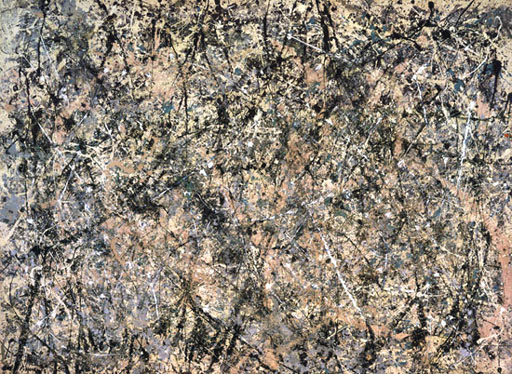
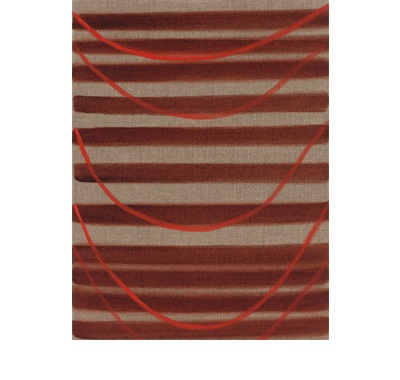
As you can see the different Jackson Pollock throws his paint onto the canvas, while Emily stands back from her painting and critics it without the busyness. There is quite a big difference between the two paintings. But they are both abstract art.
I believe that the true way to understanding and knowing the meaning of abstract art is through the three categories which are colors, shapes, and the emotions. Before writing this paper I did not understand abstract art. I had a vague idea of what it was, but never quite knew what it was. I looked at books that were about abstract art and even one that told me how to create my own artwork. Just to know why artists would use a line or a shape into their artwork. Why a certain color would be used to make something stand out or to make it have a pastel tone to see more of a zen type of feeling.
There have been multiple people that have studied this subject and have said thing like “abstract art is...,” “It is only abstract art if...” Each person has their own take on the subject, just like people have their own take on what they feel in the artwork. The ones that see kindergarten artwork may be the people who do not get motivated through the artwork, and have their feelings stir. The people who say abstract art is extremely beautiful and there is nothing better than it, they are the ones that get motivated through the artwork.
Abstract art is about looking at something that is so different than what you see everyday and feeling what the artist tries to make your feelings stir in you. What does someone feel while looking at the artwork of paint flung at the canvas, or the very intricate lines that have been thought out of and put in just the right place and having complete control over their paint. Telling the paint when to curve and when to splatter. While another artist desires the the violence and the out of control of the paint onto the canvas.
When looking at the artwork what do you see? How do you think up what the answer to that is? Do you decide what you are looking at, at first glance? Or after you have soaked the artwork into your head? Emily Berger told me:
“ A teacher of mine once said - ‘think before and think after, but not during’.” (Berger, Emily).
When you think before doing your artwork, you may know what you may want to do. Once it is done, you think about it afterwards. But if someone were to think during their observation, someone may want to change it. Next time you look at a piece of artwork think of these three categories that I have talk about. Can you decipher the painting, or what the artist was feeling?
Work Cited
Ames, Lee J. The Dot, Line and Shape Connection or How to be Driven to
Abstraction. New York: Doubleday & Company, Inc., 1982. Print. Teaches
how to draw abstract art and what the lines, dots, and shapes in the work
means.
"Art History and Artists: Abstract Art." Ducksters. Technological Solutions,
Inc, n.d. Web. 13 March 2013. <http://www.ducksters.com/history/art/
abstract_art.php>.
Berger, Emily. E-mail interview. 4 Feb. 2013. Told me about her work and what
parts of it meant. eberger90@aol.com
Boothe, Power. E-mail interview. 4 Feb. 2013. Told me information on his work
and what parts of his work meant to him. boothe@hartford.edu
Collins, Nick. "Earliest cave art was 'abstract.'" The Telegraph. Telegraph
Media Group Limited 2013, n.d. Web. 3 Mar. 2013.
<http://www.telegraph.co.uk/science/evolution/9331903/
Earliest-cave-art-was-abstract.html>.
Heilbrunn. "Abstract Expressionism." The Metropolitan Museum of Art.
Metropolitan Museum of Art, n.d. Web. 4 Apr. 2013.
<http://www.metmuseum.org/toah/hd/abex/hd_abex.htm>.
Little, Stephen. "Abstract Expressionism." ...isms: UNDERSTANDING ART. Ed. David
Breuer. New York: Universe Publishing, 2004. 122-23. Print. Talks about
different types of art and how they started.
Menchetti, Ceci. "Understanding Abstract Art." Understanding Abstract Art.
Artsicle, 2012. Web. 30 Jan. 2013. <http://www.artsicle.com/blog/
understanding-abstract-art>. Ceci Menchetti helps you to understand what
abstract art means.
Murphy, Shana. E-mail interview. 4 Feb. 2013. Asked question through email.
Asking about her work and what certain things meant to her.
shanasart1@gmail.com
Scharfstein, Ben-Ami. "Intersecting Worlds and Identities." Art without Borders.
Chicago: The University of Chicago Press, 2009. 320-21. Print. Process of
Abstract Art
Soika, Karin Ulrike. E-mail interview. 4 Feb. 2013. Interviewed her on what her
art meant to her and asked questions on the meaning of colors and shapes in
her work. email: kunst@soika.com
Torres, Louis. "What Is 'Cave Art'? When Scientists Presume to Know."
Aristos. Louis Torres, n.d. Web. 11 Apr. 2013.
<http://www.aristos.org/aris-12/caveart.htm>. About cave art.
© 2014 Samantha Davis-White
